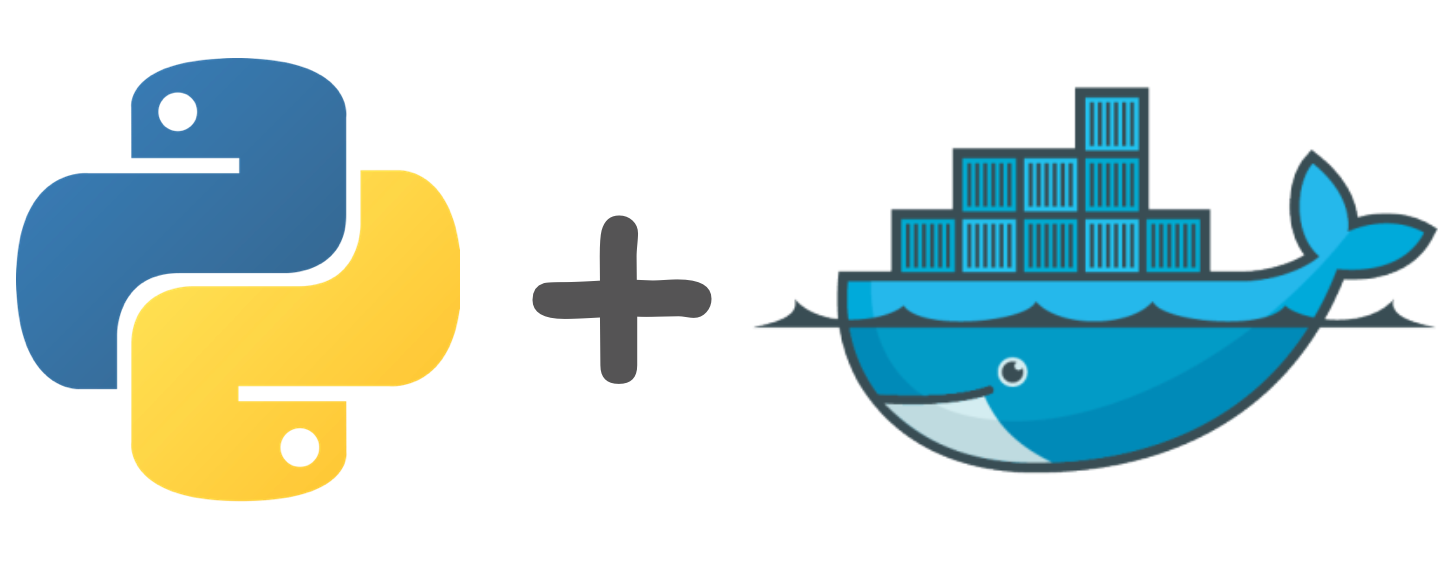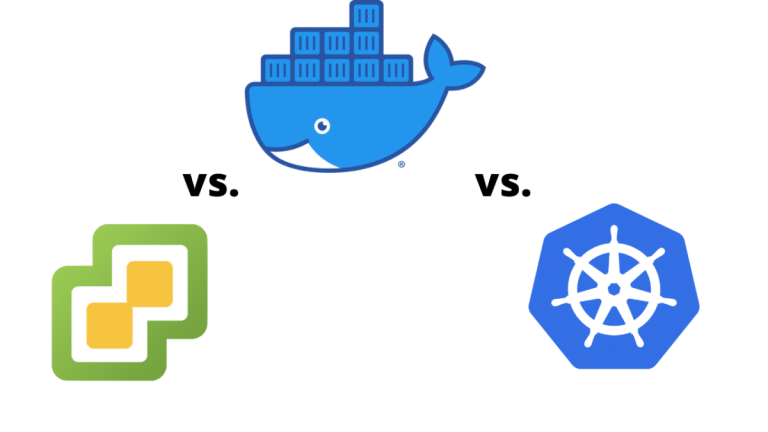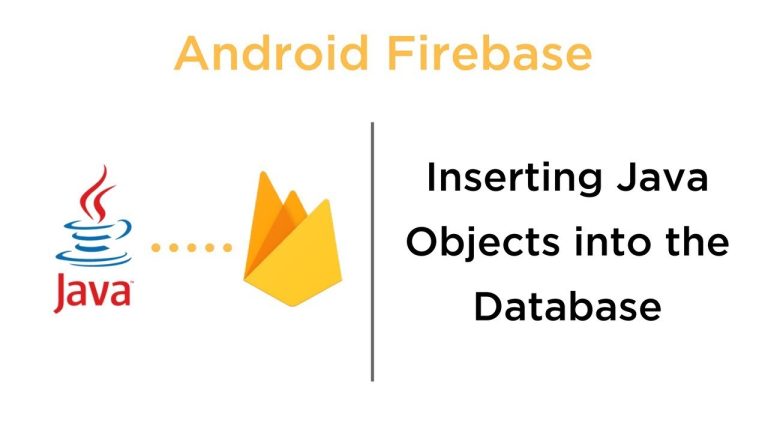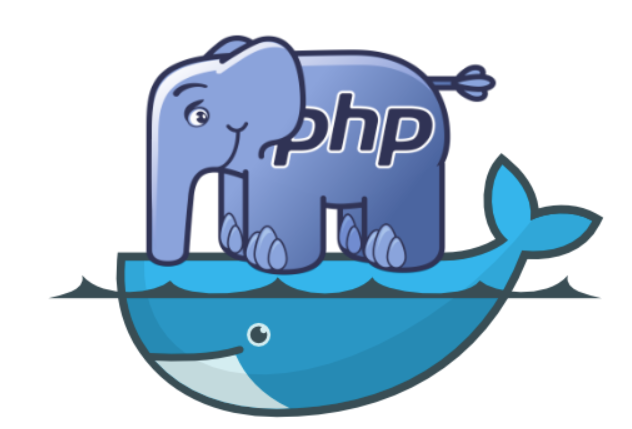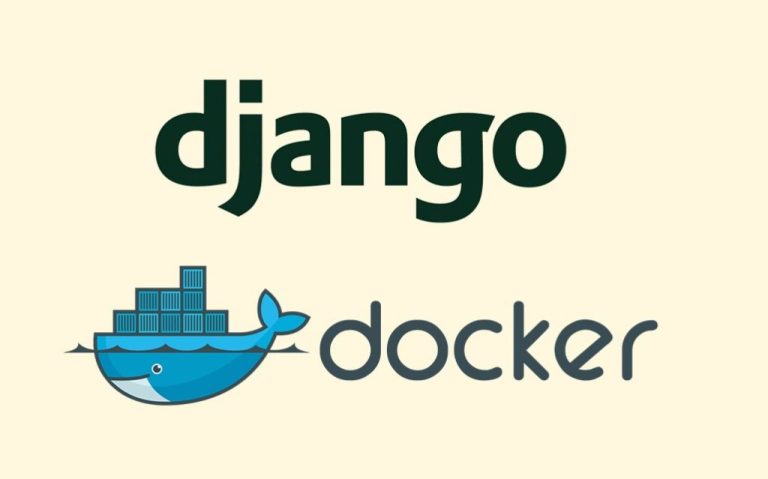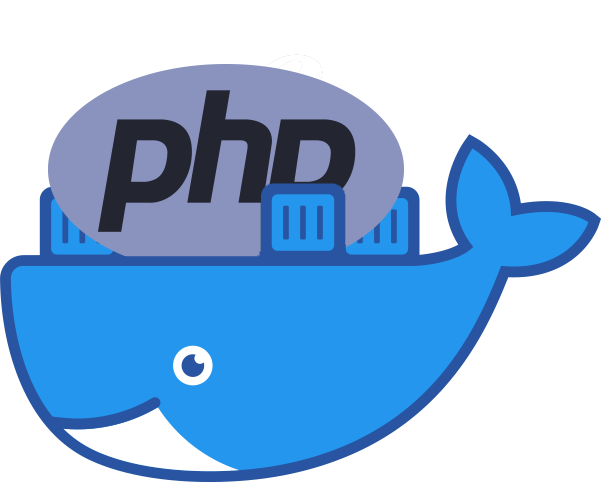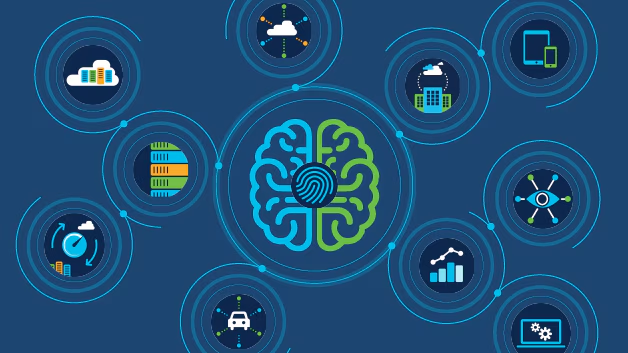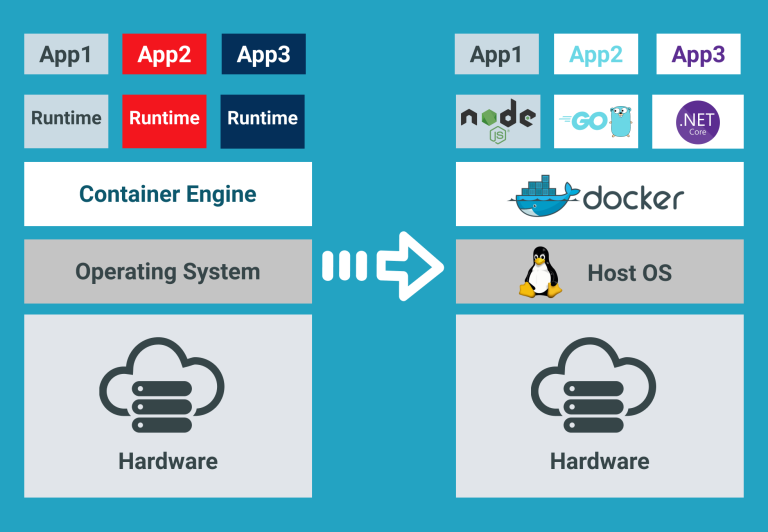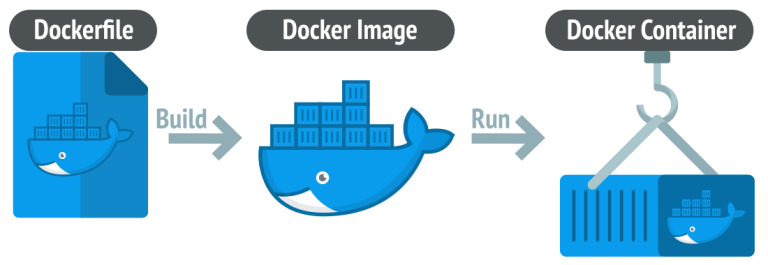Introduction
The symbiotic relationship between Docker and Python forms a powerful alliance for developers, offering a cohesive approach to packaging, distributing, and executing Python applications in diverse environments. In this comprehensive guide, we’ll explore the seamless integration of Docker and Python, covering key principles, optimal practices, and versatile use cases.
Docker and Python: A Dynamic Duo:
- Consistent Environments: Docker ensures a uniform runtime for Python applications, fostering consistency across various stages of development, testing, and production.
- Dependency Bliss: By encapsulating dependencies, Docker eliminates conflicts and simplifies dependency management, providing a robust solution for Python applications.
Crafting a Pythonic Dockerfile:
- Base Image Selection: Choose a Python base image that aligns with your application’s needs (e.g.,
python:3.9). - Work Directory Specification: Leverage the
WORKDIRinstruction to establish the working directory inside the container. - Application Code Ingestion: Employ the
COPYinstruction to transfer the application code into the container. - Dependency Installation: Utilize
RUNcommands to install Python dependencies viapip.
FROM python:3.9 WORKDIR /app COPY . /app RUN pip install --no-cache-dir -r requirements.txt EXPOSE 80 ENV NAME World CMD ["python", "app.py"]
Docker Compose Choreography for Python:
- Service Definition: Docker Compose allows services, such as web servers or databases, to be defined effortlessly for Python applications.
- Environmental Harmony: Specify environment variables, ports, and dependencies in the
docker-compose.ymlfile for each service. - Orchestrating Complexity: Docker Compose simplifies the orchestration of multi-container applications, facilitating smooth communication between Python services and other components.
version: '3'
services:
web:
build: .
ports:
- "5000:5000"Virtual Environments for Dependency Control:
- Isolation in Docker Containers: Employ Python’s virtual environments within Docker containers to isolate project dependencies.
- Tools for Dependency Management: Tools like Pipenv or Poetry offer robust solutions for managing Python dependencies, ensuring consistency across environments.
Data Persistence and Docker Volumes:
- Persistent Storage: Docker volumes provide a mechanism for persistent storage, safeguarding data integrity across container restarts.
- Local Development Empowerment: For development, bind mounts enable linking local code changes directly into the container, eliminating the need for frequent rebuilds.
Streamlining Docker Images:
- Multi-Stage Elegance: Implement multi-stage builds in Dockerfiles to produce leaner final images.
- Alpine Linux Efficiency: Opt for Alpine Linux-based Python images for nimble and resource-efficient containers.
- Layer Caching Mastery: Optimize image layering to maximize Docker’s caching mechanism for quicker builds.
Python Microservices Take Flight with Docker:
- Architectural Agility: Docker facilitates the deployment of Python microservices, fostering modular and scalable application architectures.
- Orchestration Magic: Explore container orchestration tools like Kubernetes or Docker Swarm to manage and scale Python microservices seamlessly.
Security Guardianship:
- Lean and Mean Images: Choose minimal base images to minimize potential vulnerabilities.
- Vigilant Updates: Regularly update base images and dependencies to benefit from security patches and enhancements.
Testing and Continuous Integration:
- Containerized Testing Oasis: Docker enables the creation of containerized testing environments, ensuring alignment between local development and CI/CD pipelines.
- Automated Prowess: Integrate Docker into CI/CD pipelines for automated builds and deployments, streamlining the development lifecycle.
Conclusion: Python and Docker – A Voyage of Excellence:
The dynamic synergy between Docker and Python empowers developers to confidently navigate the complexities of software development. By leveraging Docker’s containerization prowess and Python’s versatility, developers embark on a journey where packaging, shipping, and running applications become a harmonious and efficient process, regardless of project scale or intricacy.

